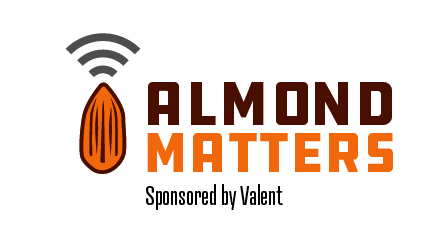In today’s Almond Matters, brought to you by Valent, the recent storms that came through California have brought some fungal pathogen concerns. The rainfall that swept over many areas of the state has increased moisture levels in orchards. Conditions created by the rainstorms can be ideal environments for the growth of fungal diseases.
“If there’s any spores out there – which there probably is – of fungal pathogens such as scab, Alternaria, and shot hole, you need to be aware that those diseases can take over pretty rapidly. Especially if you still have petals around the clusters of almond fruit,” said Todd Burkdoll, Field Market Development Specialist for Valent U.S.A.. “Having a preventative fungicide on there is conducive to maintaining that crops health and viability as it starts to grow.”
While a preventative treatment is ideal, there is still time for growers to address disease concerns in the orchard. It can take some time after a rain event for a fungal pathogen to take hold. However, germination of the spores can speed up when the environment is conducive to development. “If the conditions are right, it can happen pretty rapidly. But getting a fungicide on as soon as possible after a rain event can reduce the potential for that,” Burkdoll noted.
There are a variety of materials available to address fungal pathogen concerns. Growers will need to assess their orchards when deciding the type of actions that will be needed. Burkdoll explained that fungicides are a central piece for tackling one of the pillars of the disease triangle. Neutralizing pathogens is integral to preventing disease issues from taking hold in an orchard.
“The biggest thing is after a rain event or before a rain event you get some protection on those trees and fungicides are effective in doing that,” said Burkdoll. “I actually made some recommendations last week for putting out Quash because Quash is not only preventative it’s got curative activity.”
Listen to the report below.











